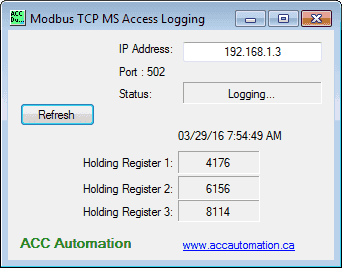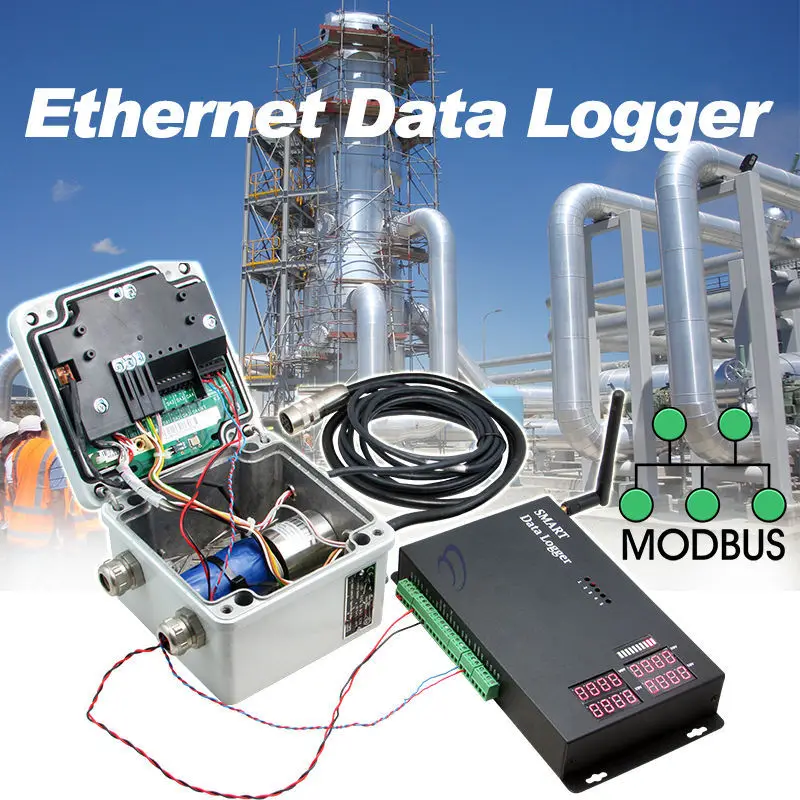

- #Modbus server database serial
- #Modbus server database drivers
- #Modbus server database driver
- #Modbus server database plus
User-configurable polling of commands, including disabled, continuous, and on change of data (write only) Up to 100 commands per Master port, each fully-configurable for function, slave address, register to/from addressing and word/bit count

When configured in master mode, the DFCM module is capable of reading and writing data to remote DF1 devices.įull-Duplex - Master (Module generates commands) The ports on the module can be individually configured as Master ports. RTS Timing delays: 0 to 65535 millisecondsįull hardware handshaking control, providing radio, smart modem and multi-drop support
#Modbus server database serial
The serial port on the gateway is user-configurable to support the DF1 protocol (Master or Slave, Error Checking, Baud rate, etc).
#Modbus server database driver
The DF1 Master/Slave Protocol driver provides extensive support for both Master and Slave implementations of the protocol.

All DF1 ports are individually configurable. The DF1 protocol driver supports Master or Slave implementations of the protocol on each DF1 port. RS-422/485 DB-9 to Screw Terminal Adaptor (1 or 4, depending on ports) port to ground and port to logic power isolation
#Modbus server database plus
Two DB9 Female Standard Modbus Plus connectorsĢ500 V RMS port signal isolation per UL 1577ģ000 VDC min. This configuration file is downloaded to, or uploaded from, this area.ĥ.20 in H x 2.07 in W x 4.52 in D (13.2 cm x 5.25 cm x 11.48 cm)Įlectrical Isolation 1500 V RMS at 50 Hz to 60 Hz for 60 s, applied as specified in section 5.3.2 of IEC 60950: 1991Įthernet Broadcast Storm Resiliency = less than or equal to 5000 frames-per-second and less than or equal to 5 minutes duration This area contains module configuration information such as port configuration, network information, and command configuration.

This area is used to store error codes, counters, and port status information for each port. Commands defined in the configuration file (stored in the configuration data area) control how the data is to be handled in the database. The database is used as a source for write commands to remote devices and holds data collected from the remote devices.
#Modbus server database drivers
The data area is used to store and retrieve data by the protocol drivers and for data exchange between protocols. The internal database is shared between all ports on the module and is used as a conduit to pass information from a device on one network to one or more devices on another network. The Modbus TCP/IP Communications enabler can receive unsolicited values for points in all four device memory types (Coils, Discrete Inputs, Input Registers, and Holding Registers).The ProLinx module contains an internal database that consists of areas for application data, status information, and configuration information. If you have multiple Modbus TCP/IP ports on your computer, you must set the Enable/Disable Unsolicited Data global parameter to disable the unsolicited processing on all ports except the one that is designated to do the processing. By default, all ports are enabled for processing unsolicited data. Only one project per computer can process unsolicited data and only one port within that project can perform the processing. The Modbus TCP/IP Communication enabler uses the data portion of this message to hold a command to set a CIMPLICITY point value. The MSTR block can send a request to write to Holding Registers in another Modbus TCP/IP Server. To send unsolicited point values from a Modbus TCP/IP programmable controller to the CIMPLICITY project using the Modbus TCP/IP Communication enabler, a MSTR function block must be coded in the ladder logic.


 0 kommentar(er)
0 kommentar(er)
